AA Bronson, artist, healer and co-founder of the artist collective General Idea, has been a regular at Art Basel for the past 42 years. “I’m a fair person,” he says, recalling the art-book fairs he founded in New York and Los Angeles. “But art-book fairs are different,” he says. “At book fairs, everybody smiles; at art fairs, everybody frowns.” Incidentally, Art Basel is the only art fair he attends. When we asked Bronson to choose his favourite works this year, he said he wanted to focus on female artists but found their works difficult to locate. “You only see the famous five or six names,” he says. “Even galleries who represent a lot of women didn’t necessarily bring them here or have only kept them in storage.” Even so, the self-confessed “book man” managed to locate a fair few works by women, plus an artist book.
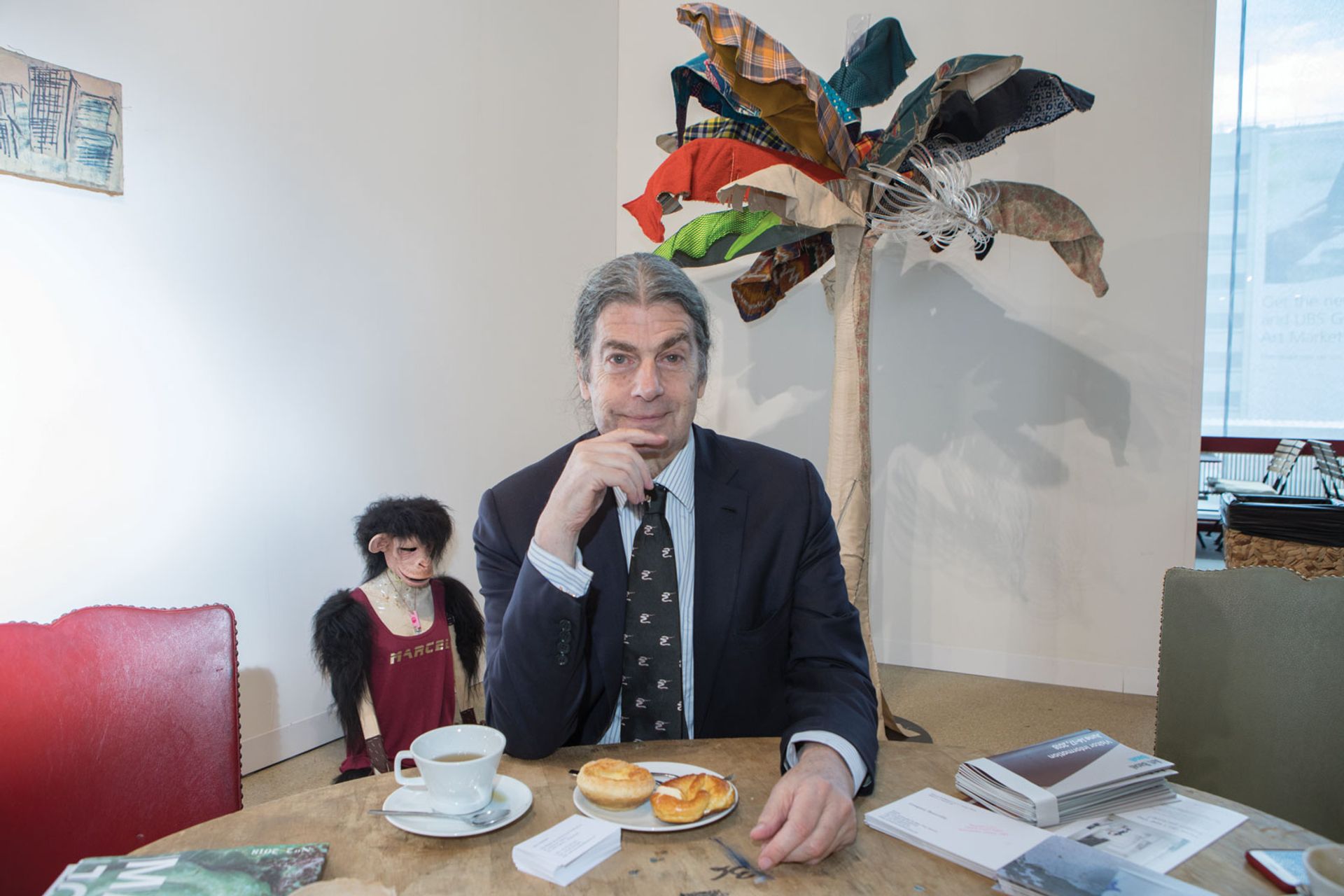
Topping the list of Bronson's favourite works is John Armleder’s “work” Ecart, an artist-run project initiated in the late 1960s that has had a presence at Art Basel since the mid-1970s as a kind of exercise in generosity. “John presides at this table and greets people all day long, everybody knows him,” Bronson says. “If he disappeared, people would be beside themselves, Art Basel would be over. He’s the defining presence of Art Basel, an icon.” The familiarity, however, is not necessarily mutual. “People say ‘hi’. I often don’t recognise them, but I pretend I do!” Armleder admits. Ecart sells work by other artists without taking commission, and these days, the project only exists during the fair. For decades, Armleder has fitted out his stand with the same Jean Fautrier-designed furniture, which came from the ballroom of the hotel his parents ran in Geneva. What has changed at the fair over the years? “I’m getting older,” Armleder says, to which Bronson quips: “I’m getting younger.” John Armleder at Ecart © David Owens
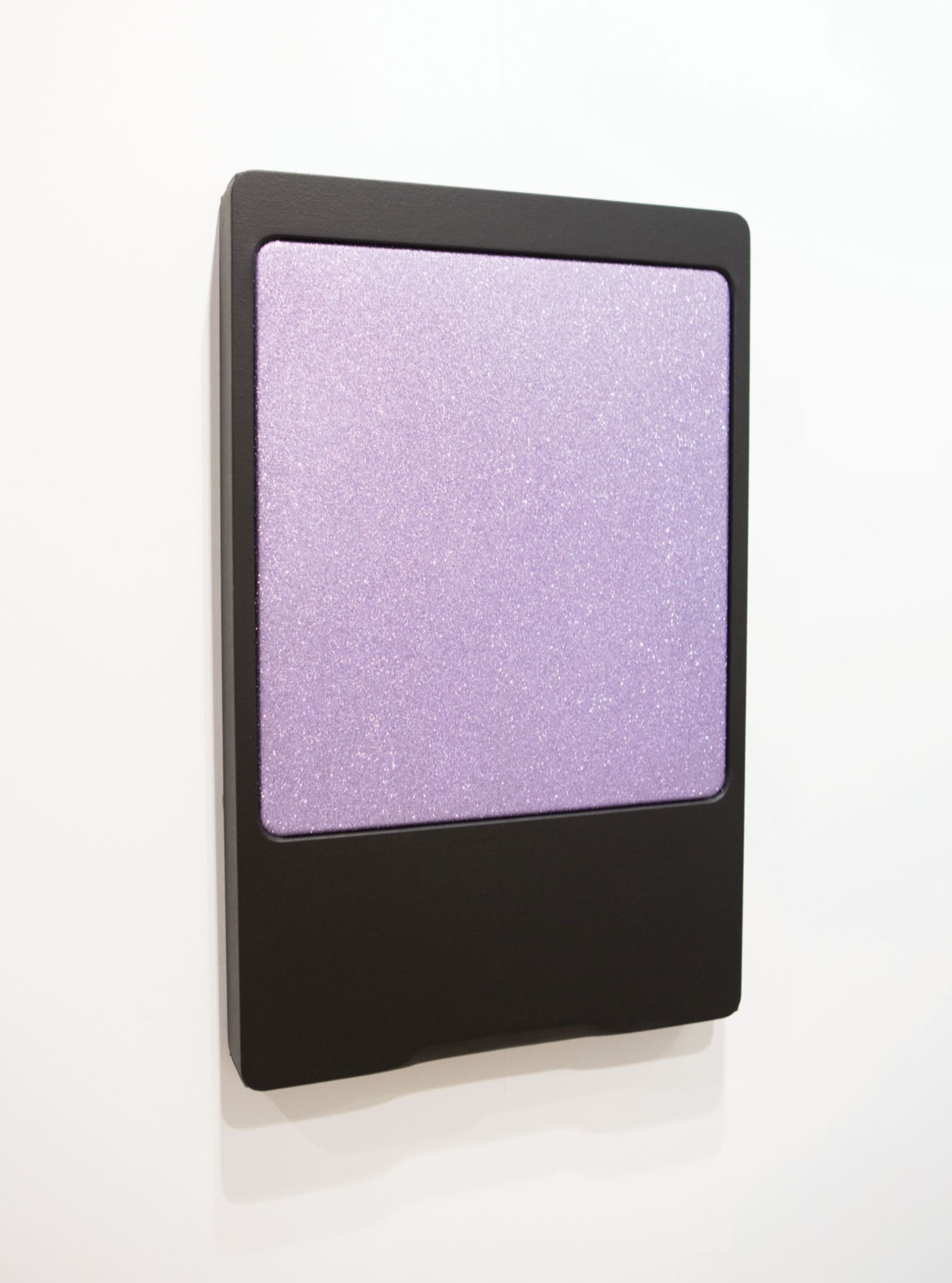
“Sylvie Fleury won the Swiss Art and Design Award this week. For me, when I think of contemporary art in Switzerland, I think of Sylvie. Despite her apparently frivolous personality and style, she asks the really hard questions in work that is at once complicit and critical, for example, of consumerism. She is a master of hybridising high and low culture. The sexiness of her work is exactly what makes it easy to dismiss, but to do so would be a mistake. This piece is like a glittery Instagram post come to life. She makes art for magpies and we are all guilty of being magpies!” Sylvie Fleury Wet & Wild (Lavender) (2018) Karma International © David Owens
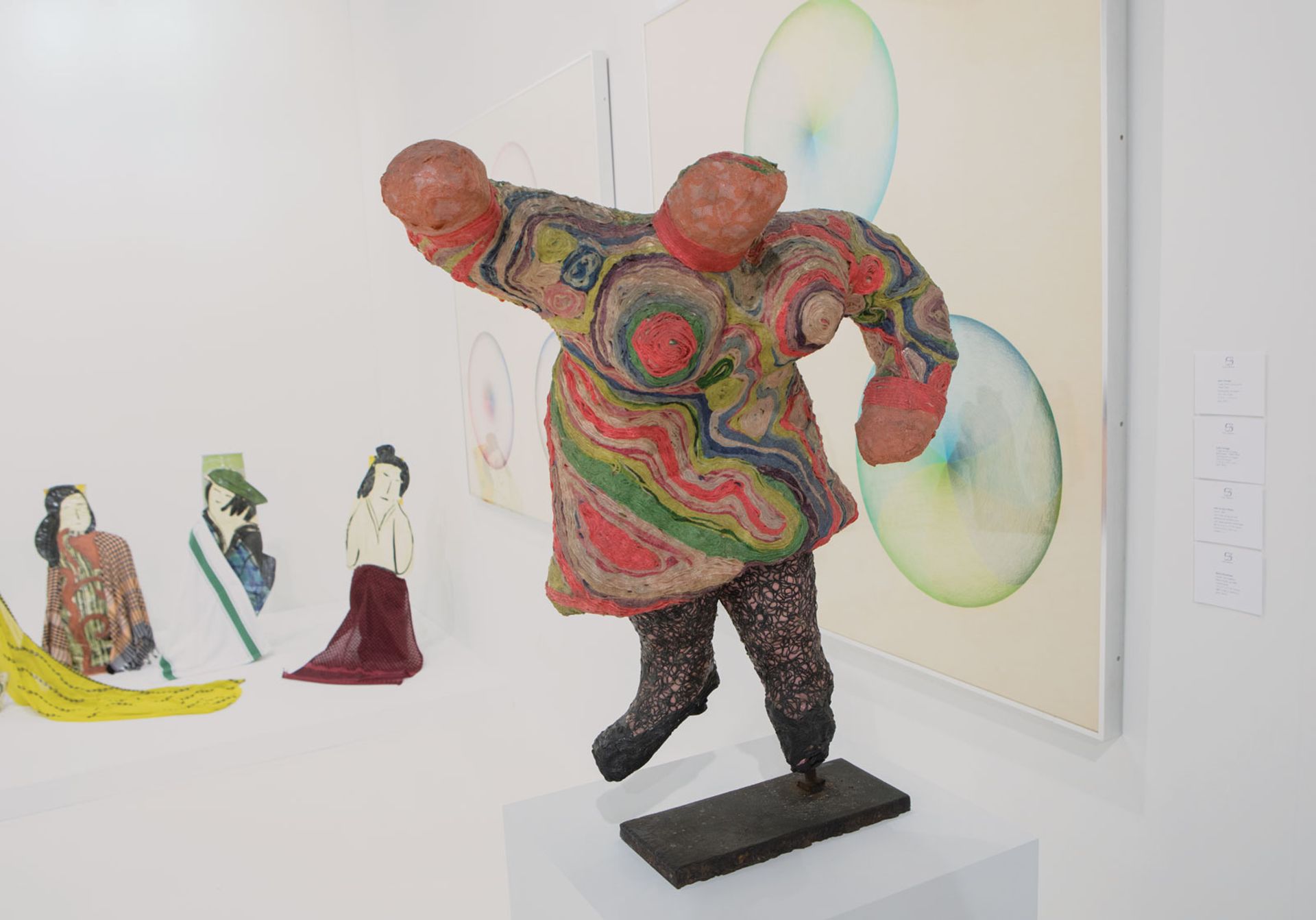
“Niki de Saint Phalle was married to Jean Tinguely, who was from Basel. So, she is a key feminine presence in this small work, a real part of the history of this city. This work has a hint of Tinguely because he made the base; there’s a real simplicity to it. The piece is a very early Nana, one of the few non-pregnant nanas she made. She made it for the wife of [the artist and poet] Larry Rivers, who was pregnant at the time. After this, all of her Nanas are pregnant. I love the intimacy of this small piece, with lace detailing and a psychedelic body. It hints at a very active, joyful sexuality, which I think is on the one hand an important aspect of many women’s work, and at the same time the very reason that they are so often overlooked by an art world driven by money and power—that is, by men.” Niki de Saint Phalle Nana (1965) Salon 94 © David Owens
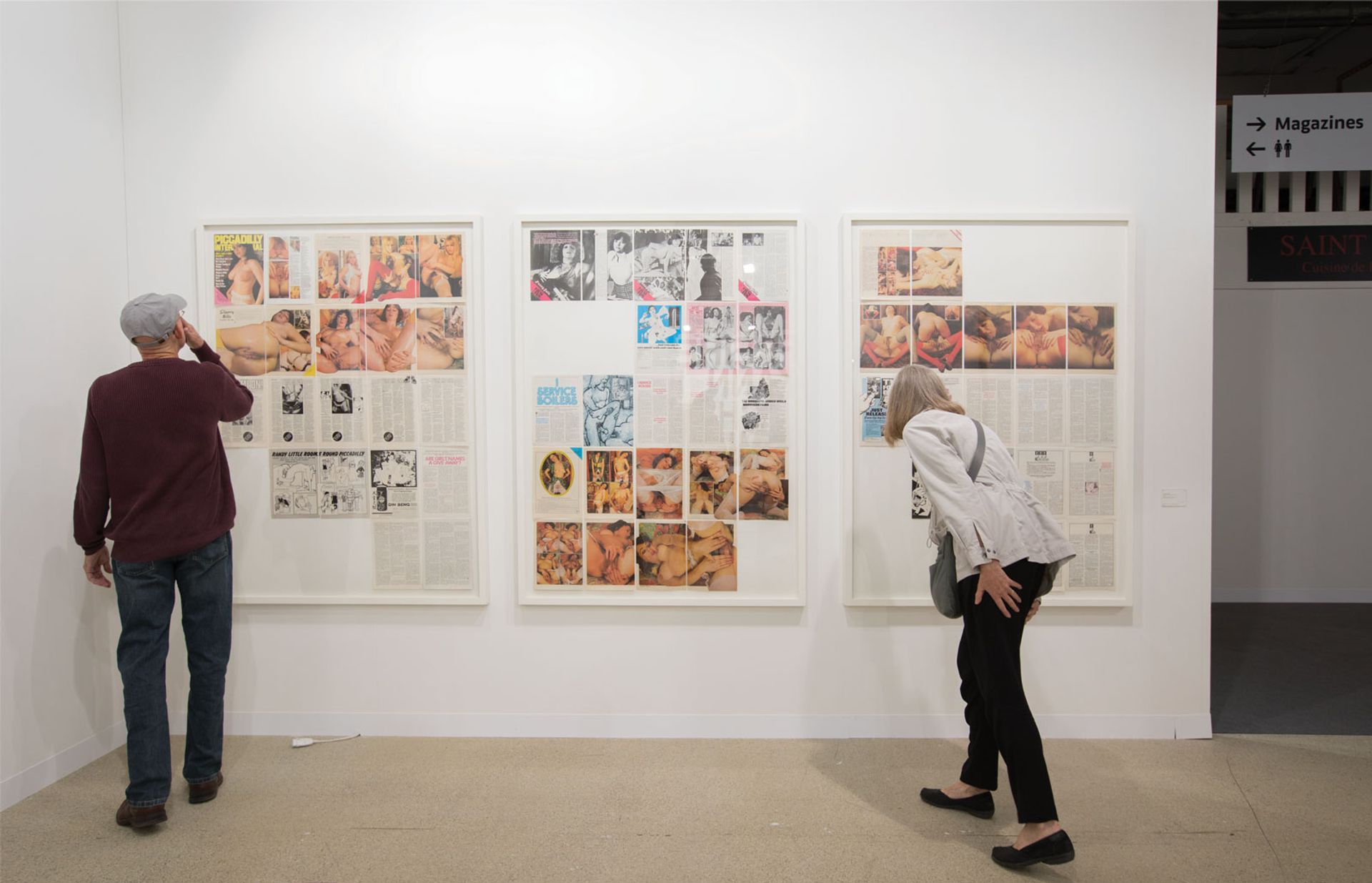
“Cosey Fanni Tutti is important in the history of British contemporary art, and it is fantastic that she is being rediscovered. If she hadn’t existed when she did, so many other artists, especially female artists, couldn’t be doing what they do today. She laid the groundwork, opened the doors, for so many other women. Again, she is someone who the art world finds easy to dismiss simply because she is a woman, and because of the sexual and autobiographical aspect of her work, which can be quite extreme. And yet she plays an important role in British art. There is a shameless use of sexuality in this piece. Shamelessness is a rare gift, it’s difficult to find and difficult to do. To be an artist you have to be completely transparent and open, something that Cosey Fanni Tutti does almost literally, I guess.” Cosey Fanni Tutti Piccadilly Interaction Vol. 10, No. 10 (1976) Cabinet © David Owens
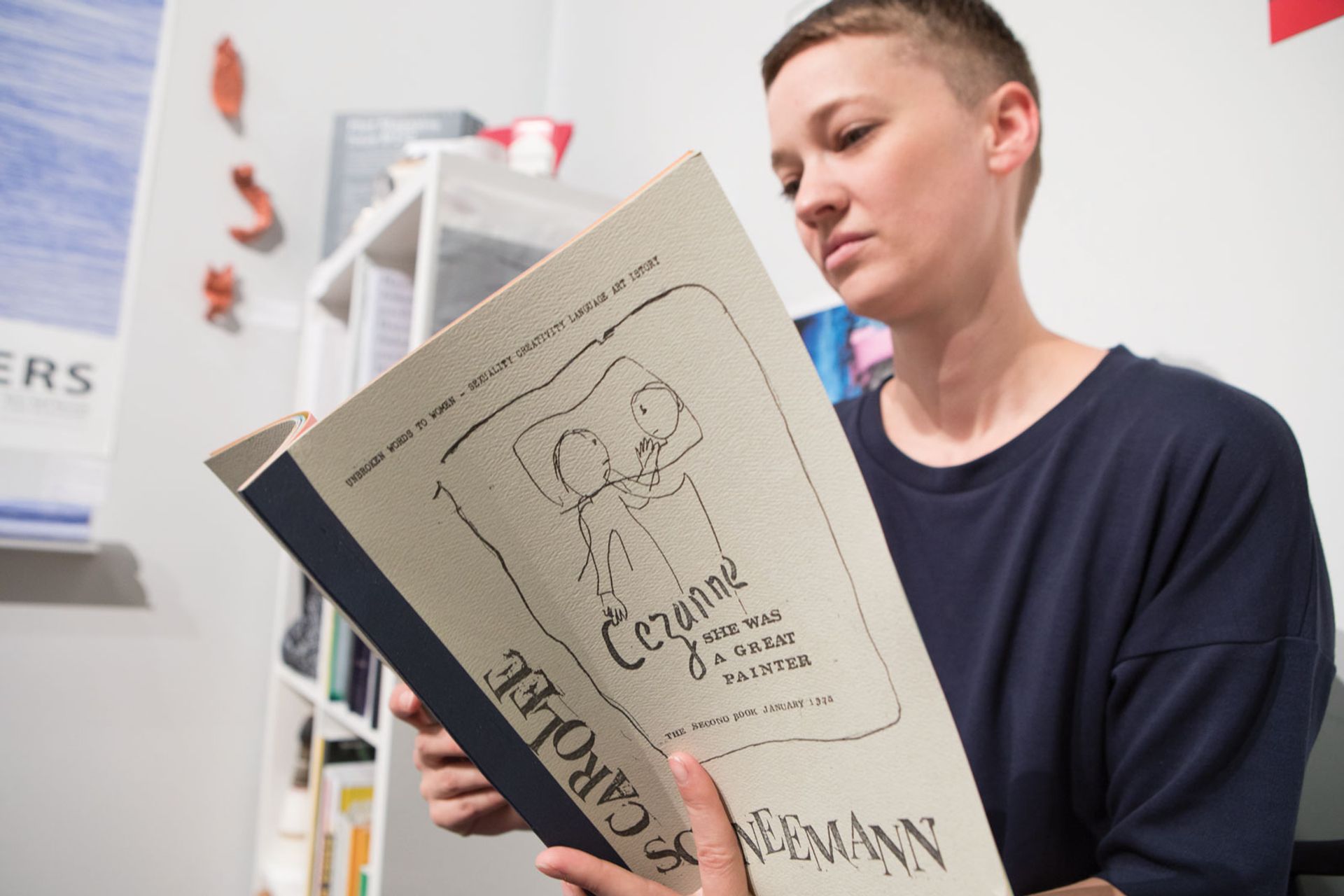
“I include an artist’s book here, because Art Basel has been so instrumental in presenting and promoting the importance of this very modest medium. This is a reprint of Carolee Schneemann’s infamous 1975 Cezanne She Was a Great Painter. Carolee influenced many generations of artists, not only women but also men. She broke all the rules she could possibly break and cleared the way for those who followed. She stands for the importance of the personal, the autobiographical, and for the implicit unity of truthfulness, sexuality and our human bodies. I try to judge artists by the number of people they have influenced, and Carolee is near the top of that list. She was thrown out of art school, but the final irony is that she eventually had a retrospective at the Museum of Modern Art. I like to think that it is we troublemakers who make a difference in the world.” Carolee Schneemann Cezanne She Was a Great Painter (1975/2018) Printed Matter and Art Metropole © David Owens
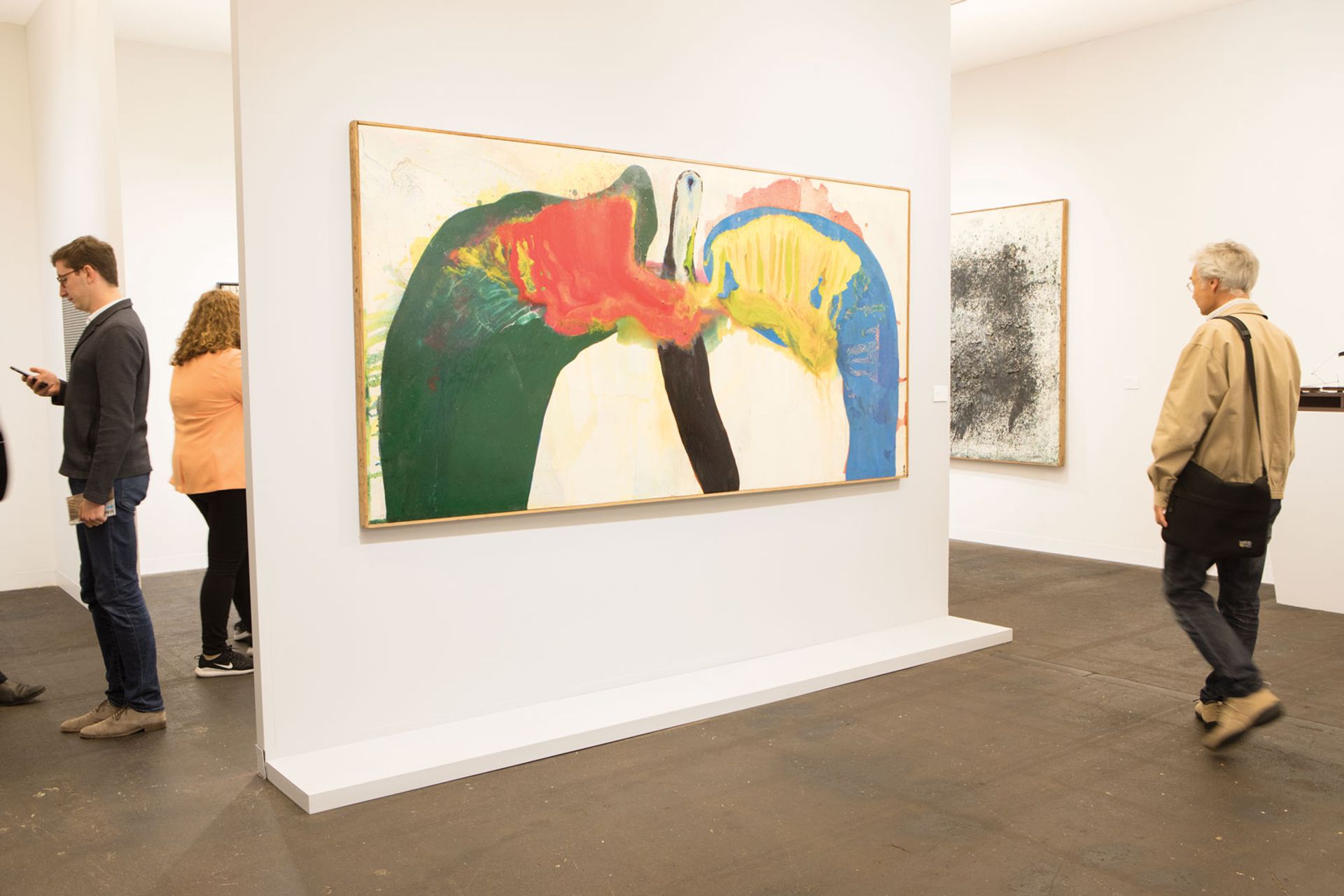
“Natalie Seroussi always has a fantastic stand. Motonaga was a Gutai artist. There’s a stream of history that flows from Gutai to Yoko Ono to Fluxus that we tend to forget. Here in the West, we don’t like to think that contemporary developments came from somewhere else, but here you can see this Japanese source flowing over to Europe and North America via Fluxus, especially via Yoko. It’s not something that is much talked about or shown. I like the close relationship of Gutai to Viennese Actionism—I don’t think it’s an accident! This particular painting is very much of the body: very fleshy, very sexual, a flow of bodily fluids.” Sadamasa Motonaga Work 145 (1964) Natalie Seroussi
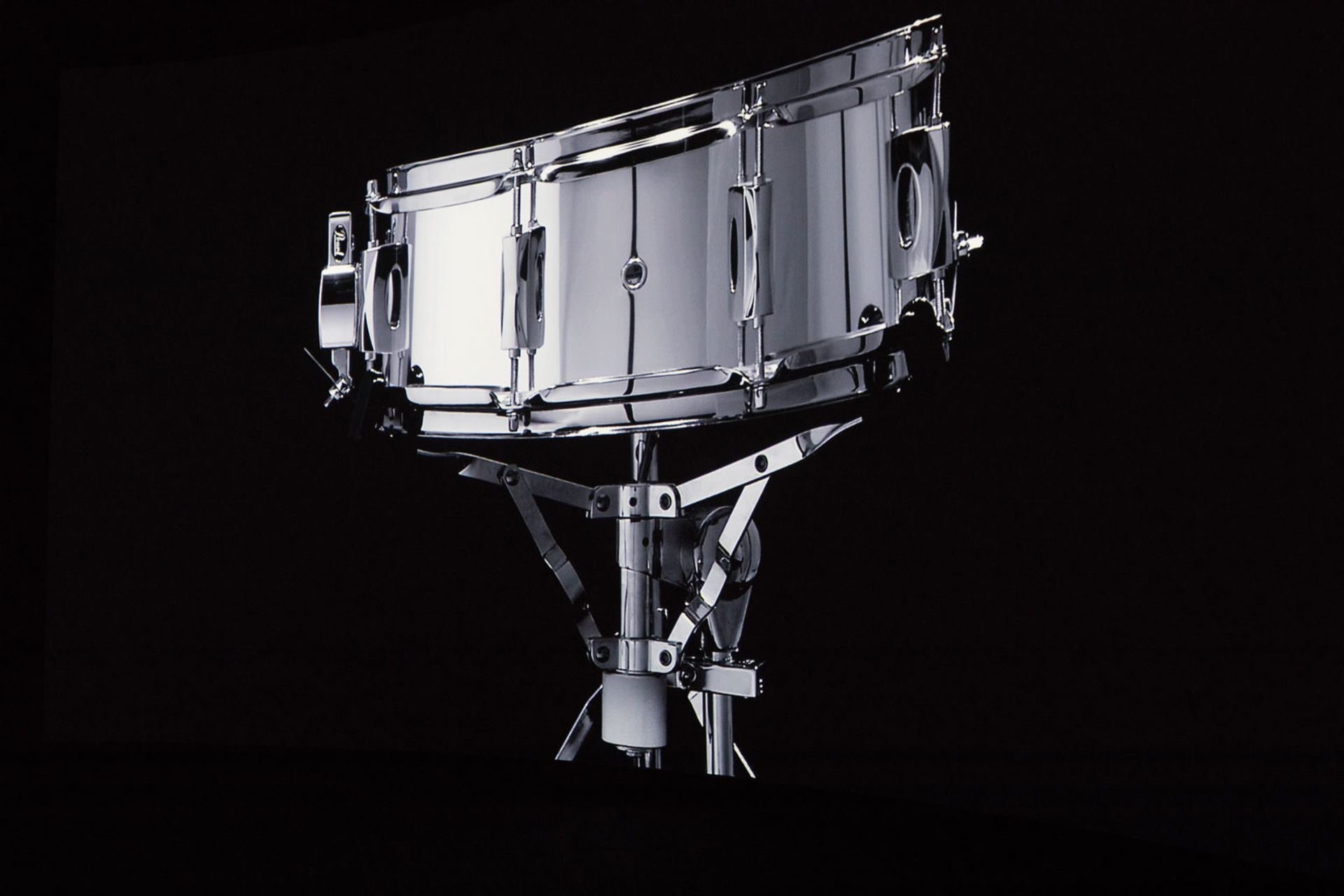
“Mark Leckey has a rather small booth in the back corner of Unlimited. The location seems to go with this work, which is close up, intimate and difficult to decipher, and, at times, a little creepy. In a place that’s really intended for big, ego-filled objects, he’s made something really the opposite, a kind of fragment of a music video featuring only the drummer. The drummer is the most erotic figure in a rock band. Here, in a series of close-ups, the drumstick is the phallus while the snare drum becomes the vulva. At a certain point the drummer seems to lose his clothes. Both his skin and the polished surface of the drum exhibit a similar impossible perfection. Like a video ad for expensive cars, this is a kind of stylised pornographic puzzle, a minimalist mindfuck. (Mark, please quote me!)” Mark Leckey Pearl Vision (2016) Gavin Brown’s Enterprise © David Owens
Topping the list of Bronson's favourite works is John Armleder’s “work” Ecart, an artist-run project initiated in the late 1960s that has had a presence at Art Basel since the mid-1970s as a kind of exercise in generosity. “John presides at this table and greets people all day long, everybody knows him,” Bronson says. “If he disappeared, people would be beside themselves, Art Basel would be over. He’s the defining presence of Art Basel, an icon.” The familiarity, however, is not necessarily mutual. “People say ‘hi’. I often don’t recognise them, but I pretend I do!” Armleder admits. Ecart sells work by other artists without taking commission, and these days, the project only exists during the fair. For decades, Armleder has fitted out his stand with the same Jean Fautrier-designed furniture, which came from the ballroom of the hotel his parents ran in Geneva. What has changed at the fair over the years? “I’m getting older,” Armleder says, to which Bronson quips: “I’m getting younger.” John Armleder at Ecart © David Owens
In pictures: AA Bronson selects his favourite works at Art Basel
The artist, an Art Basel veteran of four decades, has championed female artists, including Sylvie Fleury, in his selection
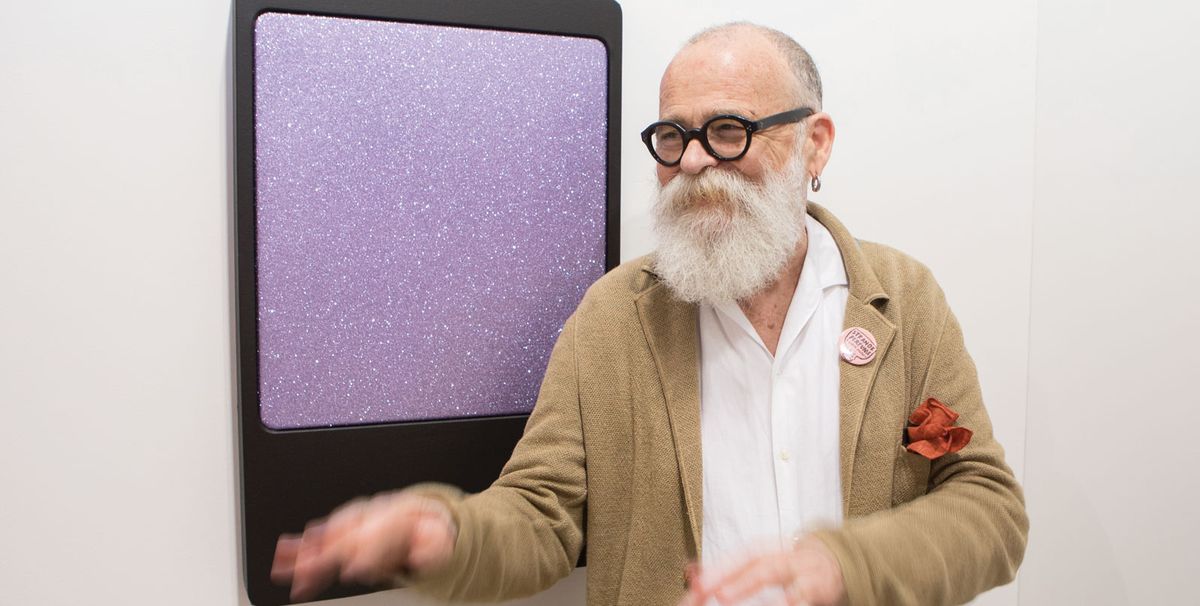
AA Bronson with Sylvie Fleury's Wet & Wild (Lavender) (2018) at Karma International © David Owens

